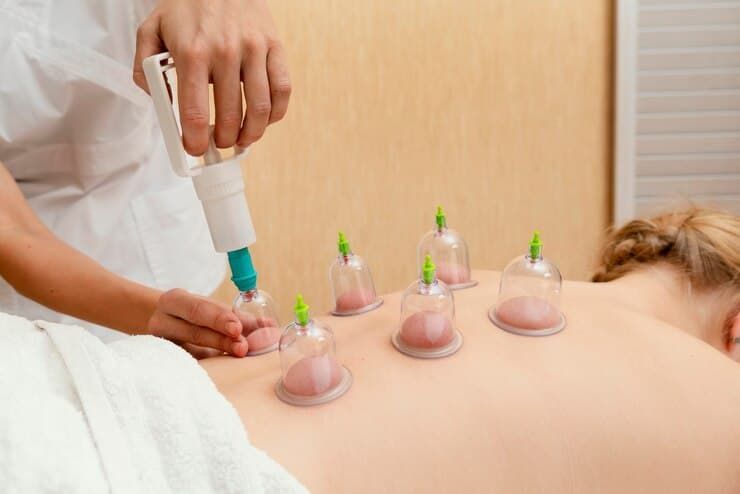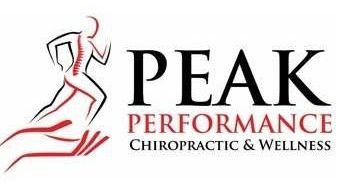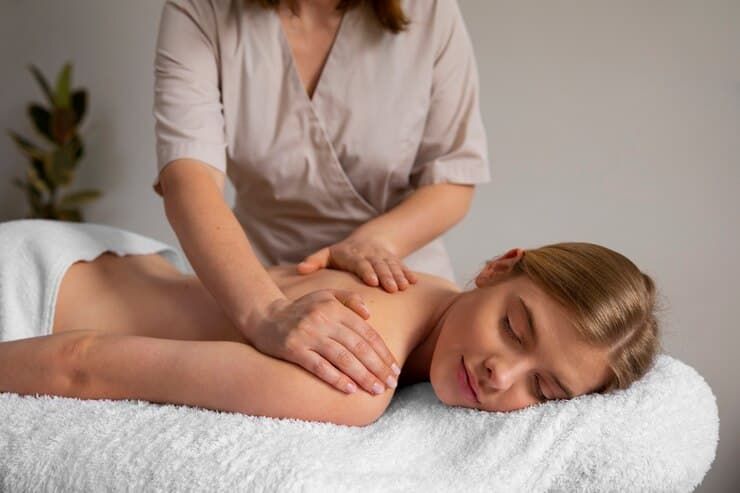Top 8 Myths About Cupping Massage Debunked

Cupping massage has gained significant popularity in recent years, especially among athletes and wellness enthusiasts. However, despite its rising fame, numerous misconceptions surround this ancient therapy. At Peak Performance Chiropractic & Wellness, we believe in educating our clients about the treatments we provide, so let's explore and debunk some of the most common myths about cupping massage.
Myth 1: Cupping Massage is Only for Athletes
One of the most prevalent myths is that cupping massage is exclusively for athletes. While it is true that many athletes use cupping to enhance performance and recovery, this therapy is beneficial for everyone. Cupping massage helps alleviate muscle tension, improve circulation, and promote relaxation, making it an excellent option for anyone experiencing stress, pain, or discomfort. Whether you are a weekend warrior or someone with a sedentary lifestyle, cupping can be a valuable addition to your wellness routine.
Myth 2: Cupping Massage is Painful
Many people are hesitant to try cupping massage due to the belief that it is a painful experience. In reality, most clients report a sensation of deep pressure rather than pain. The suction created by the cups helps release tension in the muscles, which can feel quite soothing. Our trained massage therapists are skilled at adjusting the pressure and technique to ensure a comfortable experience tailored to your needs. It’s essential to communicate with your therapist about your comfort level to make the treatment as enjoyable as possible.
Myth 3: Cupping Massage Leaves Permanent Marks
Another common misconception is that the marks left by cupping are permanent. While it’s true that cupping can leave temporary marks on the skin, these are not bruises but rather the result of increased blood flow and the suction effect. The intensity of these marks varies from person to person and can depend on various factors, including skin type and the duration of the cups being applied. Typically, these marks fade within a few days to a week. We emphasize that these marks are a natural part of the healing process and not a cause for concern.
Myth 4: Cupping Massage is Unhygienic
Concerns about hygiene often arise in discussions about cupping massage. We prioritize cleanliness and safety. We use high-quality, sterilized cups and follow strict hygiene protocols to ensure a safe and sanitary environment for our clients. The cups are made of materials that can be easily cleaned and sanitized. Rest assured, your health is our top priority, and we adhere to all industry standards regarding cleanliness.
Myth 5: Cupping Massage is Only for Muscle Pain
While cupping massage is highly effective for relieving muscle pain, its benefits extend beyond just treating soreness. Cupping can help with a variety of conditions, including anxiety, headaches, respiratory issues, and even digestive problems. The therapy promotes relaxation, enhances circulation, and encourages the body’s natural healing processes. We recognize the holistic benefits of cupping massage, making it an integral part of our treatment offerings.
Myth 6: You Need to Get Cupped Frequently for Results
Some believe that regular sessions are necessary to achieve results from cupping massage. While consistency can indeed enhance the benefits, the frequency of treatments varies based on individual needs and conditions. Some clients may find relief after just one session, while others may benefit from ongoing treatments. It’s essential to discuss your specific goals with your therapist to establish a personalized plan that suits your lifestyle and wellness objectives.
Myth 7: Cupping Massage is a New Trend
Contrary to popular belief, cupping massage is not a new trend. This therapy has been practiced for thousands of years in various cultures, including Traditional Chinese Medicine and ancient Egyptian practices. The resurgence of interest in cupping in modern wellness circles can be attributed to its proven benefits and endorsements from high-profile athletes and celebrities. By choosing cupping at our clinic, you are embracing a time-honored technique that continues to provide effective results for countless individuals.
Myth 8: Anyone Can Perform Cupping Massage
Lastly, a common misconception is that anyone can perform cupping massage without proper training. While the basic concept may seem straightforward, cupping requires a deep understanding of anatomy, physiology, and therapeutic techniques. Our licensed and experienced massage therapists are trained to administer cupping safely and effectively. They can assess your needs, select the appropriate techniques, and customize the treatment for optimal results.
As you consider incorporating cupping massage into your wellness routine, it’s essential to be informed and dispel any myths that may hold you back. At Peak Performance Chiropractic & Wellness, we are dedicated to providing comprehensive care that includes cupping therapy tailored to your individual needs. Our expert team is here to guide you through the process, ensuring you receive the most effective treatment possible.
Embrace the benefits of cupping and experience the positive changes it can bring to your overall well-being. Whether it’s reducing muscle tension, alleviating stress, or enhancing your recovery, cupping massage may be the perfect addition to your health regimen. To learn more about how cupping can fit into your wellness journey, don’t hesitate to reach out to us or book your appointment today.
Frequently Asked Questions:
1. What is cupping massage?
Cupping massage is an ancient therapy that involves placing cups on the skin to create suction. This suction helps increase blood flow, release muscle tension, and promote healing. Cupping is commonly used to alleviate pain, improve circulation, and enhance overall wellness.
2. Is cupping massage only for athletes?
No, cupping massage is beneficial for everyone, not just athletes. While it’s popular among athletes for muscle recovery, it can help anyone experiencing pain, stress, or tension. Whether you’re dealing with chronic pain, anxiety, or just seeking relaxation, cupping can be an excellent addition to your wellness routine.
3. Does cupping massage hurt?
Cupping massage is not typically painful. Most clients describe it as a deep pressure sensation rather than pain. The suction created by the cups releases muscle tension, which can be soothing. Your therapist will adjust the pressure to ensure a comfortable experience.
4. Are the marks from cupping massage permanent?
No, the marks left by cupping are temporary and are not bruises. These marks occur due to increased blood flow from the suction and typically fade within a few days to a week. They are part of the body’s natural healing process and should not be a cause for concern.
5. Is cupping massage unhygienic?
No, cupping massage is performed with high hygiene standards. At Peak Performance Chiropractic & Wellness, we use sterilized cups and follow strict cleanliness protocols to ensure a safe and sanitary treatment environment. Your health and safety are our top priority.
6. What conditions can cupping massage treat?
Cupping massage is effective for a variety of conditions, not just muscle pain. It can also help with anxiety, headaches, respiratory issues, digestive problems, and more. The therapy enhances circulation, promotes relaxation, and supports the body’s natural healing processes.
7. How often do I need cupping massage treatments to see results?
The frequency of cupping massage depends on your individual needs and goals. Some people experience relief after just one session, while others may benefit from ongoing treatments. Your therapist will work with you to develop a personalized plan that suits your specific needs.
8. Is cupping massage a new trend?
No, cupping is an ancient therapy that has been practiced for thousands of years, particularly in Traditional Chinese Medicine and ancient Egyptian cultures. Its recent resurgence is due to its proven benefits and endorsements from athletes and celebrities.
9. Can anyone perform cupping massage?
Cupping massage should only be performed by trained and licensed professionals. While the concept may seem simple, cupping requires a thorough understanding of anatomy, physiology, and therapeutic techniques. Our trained massage therapists are skilled in safely administering cupping therapy to ensure effective results.
10. How do I know if cupping massage is right for me?
If you’re considering cupping massage, consult with your therapist to discuss your specific goals and health conditions. They will assess your needs and determine if cupping is an appropriate treatment for you. It’s always important to choose a licensed and experienced therapist to ensure safety and effectiveness.












